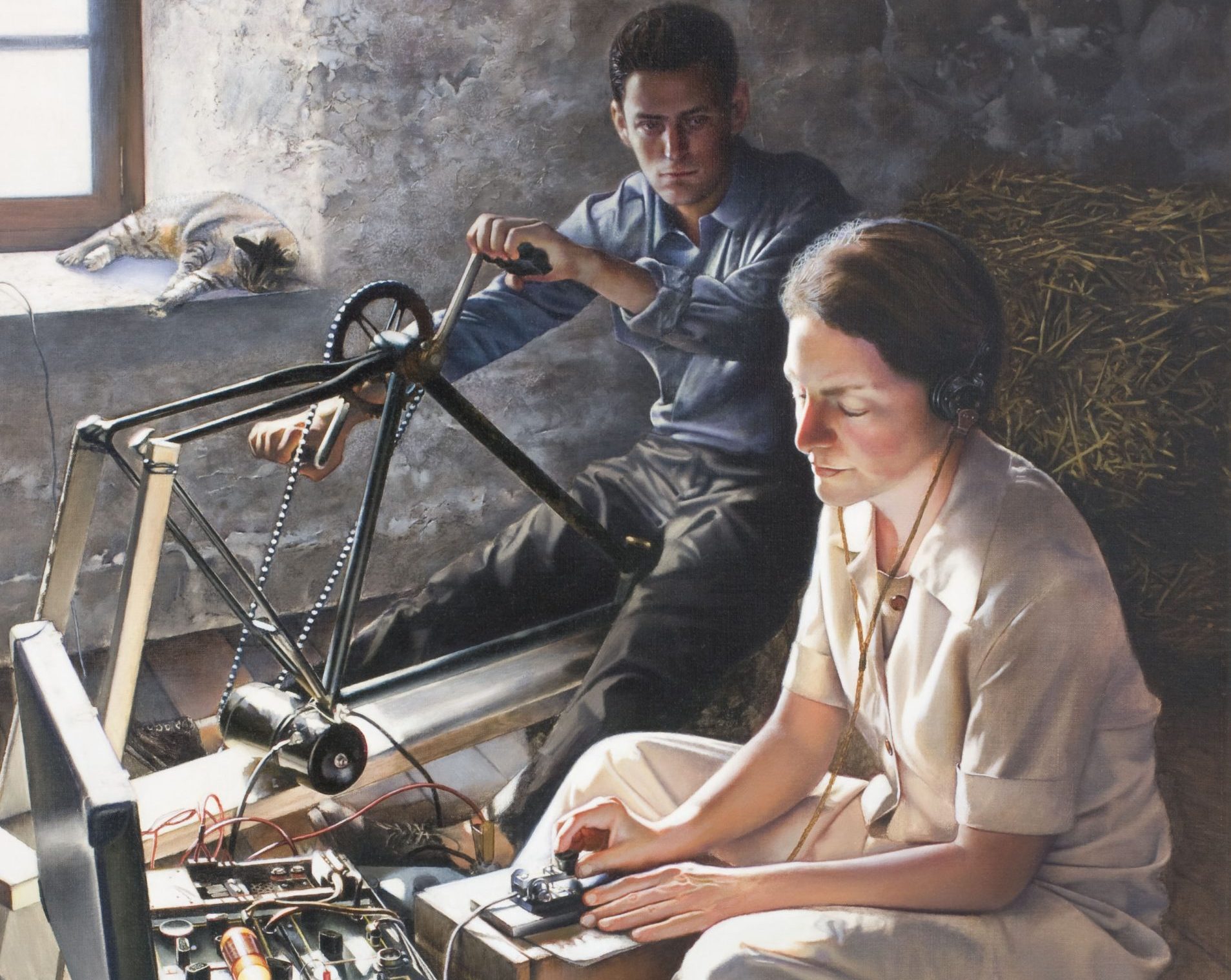
A painting of Virginia Hall as a wireless operator during her second mission to France. Artwork by Jeffrey W. Bass, 2006
Disguise played a crucial role in the intricate world of espionage during World War II, serving as a powerful tool for a spy to operate covertly behind enemy lines and gather vital intelligence. The art of disguise, often referred to as “masking,” involved the meticulous transformation of agents’ appearances to blend seamlessly into their surroundings, allowing them to move undetected and perform their clandestine missions with greater effectiveness.
A WWII spy undergoing disguise training was taught a variety of techniques to alter physical appearance, including changes to hair color, style, and facial features. Makeup, wigs, prosthetics, and other special effects were utilized to create convincing disguises that could withstand scrutiny.
Disguise also encompassed the adoption of new identities and personas to infiltrate enemy territory without arousing suspicion. A spy would assume a false name, background, and occupation, carefully crafting its own cover story to withstand interrogation and scrutiny by enemy authorities.
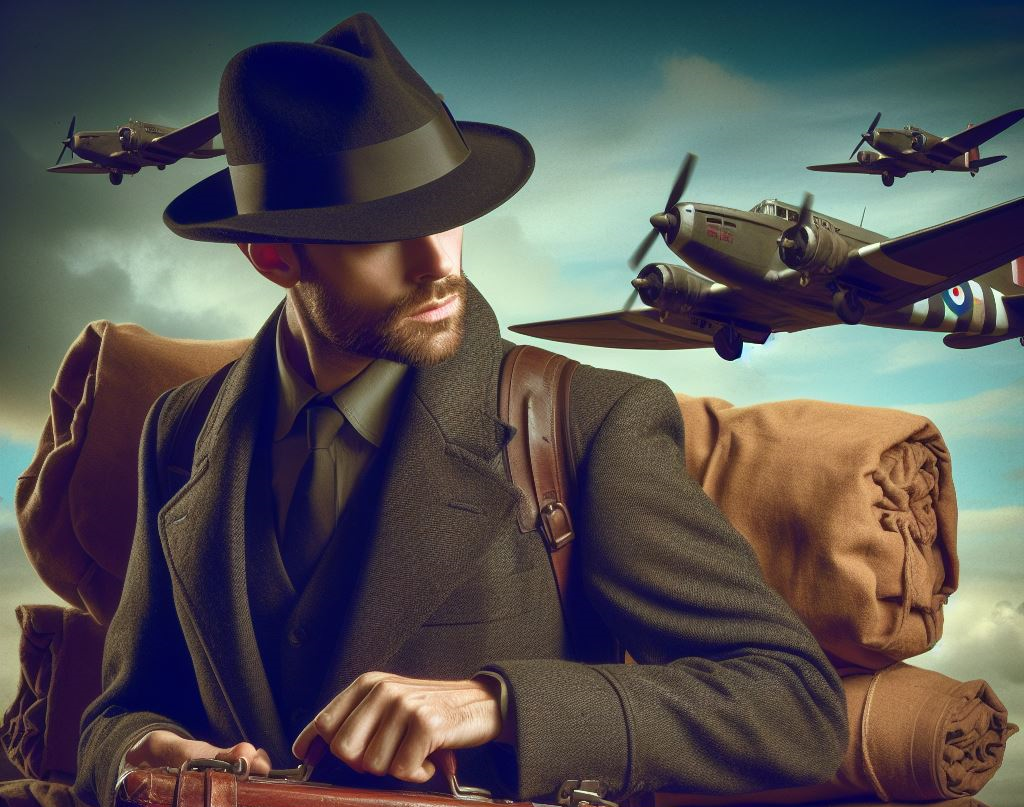
In addition to altering the physical appearance and identities, a WWII spy often utilized clothing and accessories to enhance the disguise. This included wearing uniforms or civilian attire appropriate to the cover identity, as well as carrying props and personal effects that reinforced the fabricated backgrounds.
Change of Appearance
A spy would often change the physical appearance to avoid detection. This could involve altering hair color, style, and length, as well as using makeup and prosthetics to modify facial features. Disguises might also include changes in posture, gait, and mannerisms to further conceal the spy‘s true identity.
Fake Identification Documents
Spies frequently used forged or falsified identification documents to establish false identities. These documents could include passports, driver’s licenses, ration cards, and other official papers. Skilled forgers would create documents that closely resembled genuine ones, complete with appropriate stamps, seals, and signatures.
Disguise Kits
Spies often carried disguise kits containing various tools and materials to aid in their transformations. These kits might include makeup, wigs, prosthetic devices, contact lenses, and special effects such as scars or tattoos. Disguise kits were customized to suit the specific needs of each mission and could be tailored to match the spy’s cover identity. Virginia Hall, an American agent working for the British Special Operations Executive (SOE), used various disguises to evade capture by the Gestapo in Nazi-occupied France. She often posed as a peasant woman or a milkmaid, disguising herself with makeup, prosthetics, and fake identification documents to avoid detection.
Uniforms and Clothing
Spies would dress in attire appropriate to their cover identities, whether civilian clothing or military uniforms. Wearing the right clothing helped spies blend in with their surroundings and avoid suspicion. Spies might also carry props and accessories to enhance their disguises, such as briefcases, cameras, or musical instruments. Airey Neave, a British intelligence officer, used his expertise in disguise to facilitate the escape of Allied prisoners of war from German prison camps. Neave often posed as a German officer or a civilian official, using his knowledge of German language and customs to deceive the enemy and help Allied prisoners reach safety.
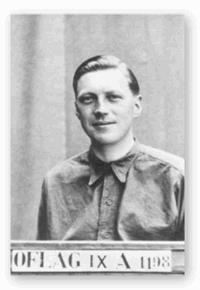
Language and Accent
A spy operating in foreign countries would often adopt local accents and dialects to better assimilate into the local population. Language skills were essential for effective communication and helped to avoid suspicion during interactions with locals and enemy personnel. Odette Sansom, a British agent operating in France, used her fluency in French and her knowledge of the local culture to infiltrate German-occupied territory. She often posed as a courier or a civilian, relying on her ability to blend in with the local population to gather information for the Allies.
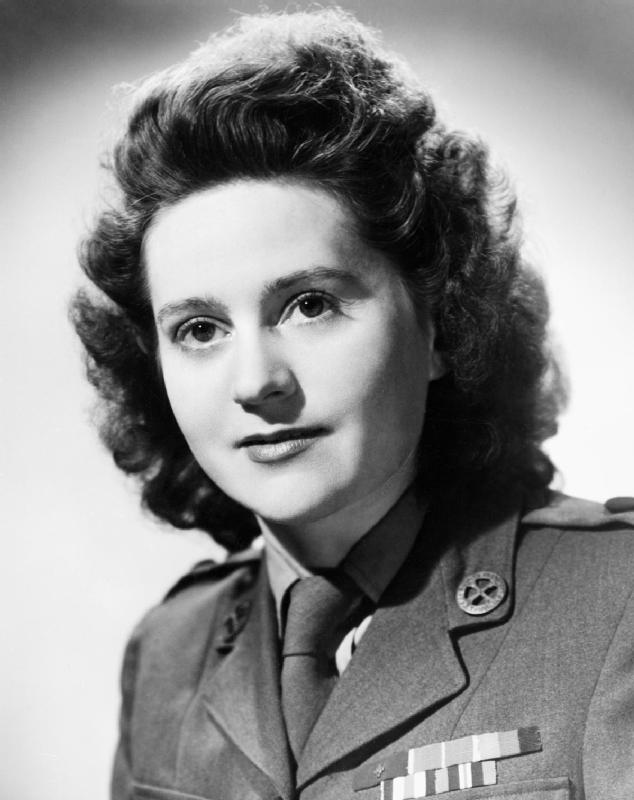
Behavior and Mannerisms
Spies paid close attention to their behavior and mannerisms to maintain their cover identities. They would study the customs, etiquette, and social norms of the regions they operated in and adjust their behavior accordingly. This included gestures, body language, and conversational topics that helped them blend in and avoid drawing attention to themselves.
Infiltration of Enemy Organizations
A WWII spy sometimes needed to infiltrate enemy organizations or institutions, such as military units, government agencies, or industrial facilities, by posing as an employee, official, or member of the organization. This involved careful research and preparation to assume the role convincingly and gather intelligence from within the enemy’s ranks. Eddie Chapman, also known as Agent Zigzag, was a British double agent who infiltrated German-occupied France. Chapman posed as a German sympathizer and offered his services to the Germans as a spy. He used his charm and charisma to gain the trust of German intelligence officers while secretly passing information to the British.
These disguise techniques were essential tools in the arsenal of WWII spies, allowing them to operate covertly and gather vital intelligence behind enemy lines. The success of these spies often depended on their ability to maintain their cover identities and evade detection while carrying out their missions in hostile environments.
Overall, disguise was a critical component of spycraft during World War II, allowing agents to operate covertly in hostile environments and gather essential intelligence without detection. The skill and ingenuity of these agents in adopting and maintaining convincing disguises played a significant role in the success of Allied espionage operations during the conflict.
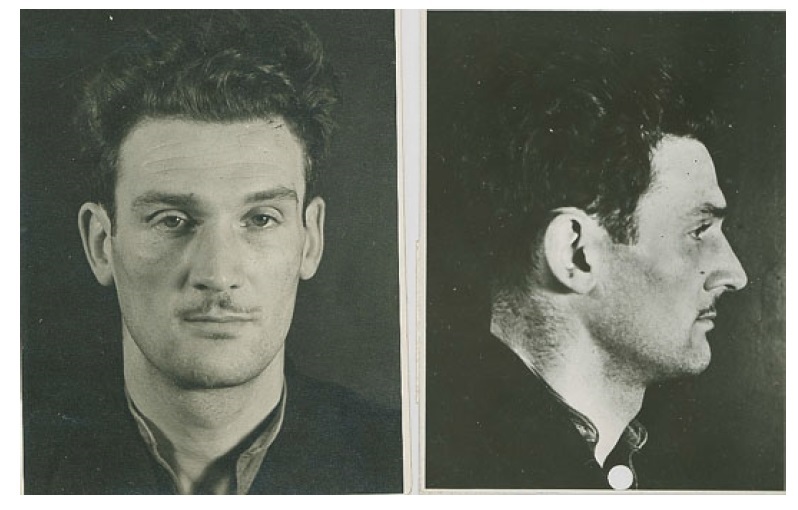

One thought on “Spy’s Mastery: The Art of Deception in WWII Spycraft”